Cover
Title Page
Copyright and Credits
Dedication
Packt Upsell
Contributors
Table of Contents
Preface
Chapter 1: Introduction to Malware Analysis
1. What Is Malware?
2. What Is Malware Analysis?
3. Why Malware Analysis?
4. Types Of Malware Analysis
5. Setting Up The Lab Environment
5.1 Lab Requirements
5.2 Overview Of Lab Architecture
5.3 Setting Up And Configuring Linux VM
5.4 Setting Up And Configuring Windows VM
6. Malware Sources
Summary
Chapter 2: Static Analysis
1. Determining the File Type
1.1 Identifying File Type Using Manual Method
1.2 Identifying File Type Using Tools
1.3 Determining File Type Using Python
2. Fingerprinting the Malware
2.1 Generating Cryptographic Hash Using Tools
2.2 Determining Cryptographic Hash in Python
3. Multiple Anti-Virus Scanning
3.1 Scanning the Suspect Binary with VirusTotal
3.2 Querying Hash Values Using VirusTotal Public API
4. Extracting Strings
4.1 String Extraction Using Tools
4.2 Decoding Obfuscated Strings Using FLOSS
5. Determining File Obfuscation
5.1 Packers and Cryptors
5.2 Detecting File Obfuscation Using Exeinfo PE
6. Inspecting PE Header Information
6.1 Inspecting File Dependencies and Imports
6.2 Inspecting Exports
6.3 Examining PE Section Table And Sections
6.4 Examining the Compilation Timestamp
6.5 Examining PE Resources
7. Comparing And Classifying The Malware
7.1 Classifying Malware Using Fuzzy Hashing
7.2 Classifying Malware Using Import Hash
7.3 Classifying Malware Using Section Hash
7.4 Classifying Malware Using YARA
7.4.1 Installing YARA
7.4.2 YARA Rule Basics
7.4.3 Running YARA
7.4.4 Applications of YARA
Summary
Chapter 3: Dynamic Analysis
1. Lab Environment Overview
2. System And Network Monitoring
3. Dynamic Analysis (Monitoring) Tools
3.1 Process Inspection with Process Hacker
3.2 Determining System Interaction with Process Monitor
3.3 Logging System Activities Using Noriben
3.4 Capturing Network Traffic With Wireshark
3.5 Simulating Services with INetSim
4. Dynamic Analysis Steps
5. Putting it All Together: Analyzing a Malware Executable
5.1 Static Analysis of the Sample
5.2 Dynamic Analysis of the Sample
6. Dynamic-Link Library (DLL) Analysis
6.1 Why Attackers Use DLLs
6.2 Analyzing the DLL Using rundll32.exe
6.2.1 Working of rundll32.exe
6.2.2 Launching the DLL Using rundll32.exe
Example 1 – Analyzing a DLL With No Exports
Example 2 – Analyzing a DLL Containing Exports
Example 3 – Analyzing a DLL Accepting Export Arguments
6.3 Analyzing a DLL with Process Checks
Summary
Chapter 4: Assembly Language and Disassembly Primer
1. Computer Basics
1.1 Memory
1.1.1 How Data Resides In Memory
1.2 CPU
1.2.1 Machine Language
1.3 Program Basics
1.3.1 Program Compilation
1.3.2 Program On Disk
1.3.3 Program In Memory
1.3.4 Program Disassembly (From Machine code To Assembly code)
2. CPU Registers
2.1 General-Purpose Registers
2.2 Instruction Pointer (EIP)
2.3 EFLAGS Register
3. Data Transfer Instructions
3.1 Moving a Constant Into Register
3.2 Moving Values From Register To Register
3.3 Moving Values From Memory To Registers
3.4 Moving Values From Registers To Memory
3.5 Disassembly Challenge
3.6 Disassembly Solution
4. Arithmetic Operations
4.1 Disassembly Challenge
4.2 Disassembly Solution
5. Bitwise Operations
6. Branching And Conditionals
6.1 Unconditional Jumps
6.2 Conditional Jumps
6.3 If Statement
6.4 If-Else Statement
6.5 If-Elseif-Else Statement
6.6 Disassembly Challenge
6.7 Disassembly Solution
7. Loops
7.1 Disassembly Challenge
7.2 Disassembly Solution
8. Functions
8.1 Stack
8.2 Calling Function
8.3 Returning From Function
8.4 Function Parameters And Return Values
9. Arrays And Strings
9.1 Disassembly Challenge
9.2 Disassembly Solution
9.3 Strings
9.3.1 String Instructions
9.3.2 Moving From Memory To Memory (movsx)
9.3.3 Repeat Instructions (rep)
9.3.4 Storing Value From Register to Memory (stosx)
9.3.5 Loading From Memory to Register (lodsx)
9.3.6 Scanning Memory (scasx)
9.3.7 Comparing Values in Memory (cmpsx)
10. Structures
11. x64 Architecture
11.1 Analyzing 32-bit Executable On 64-bit Windows
12. Additional Resources
Summary
Chapter 5: Disassembly Using IDA
1. Code Analysis Tools
2. Static Code Analysis (Disassembly) Using IDA
2.1 Loading Binary in IDA
2.2 Exploring IDA Displays
2.2.1 Disassembly Window
2.2.2 Functions Window
2.2.3 Output Window
2.2.4 Hex View Window
2.2.5 Structures Window
2.2.6 Imports Window
2.2.7 Exports Window
2.2.8 Strings Window
2.2.9 Segments Window
2.3 Improving Disassembly Using IDA
2.3.1 Renaming Locations
2.3.2 Commenting in IDA
2.3.3 IDA Database
2.3.4 Formatting Operands
2.3.5 Navigating Locations
2.3.6 Cross-References
2.3.7 Listing All Cross-References
2.3.8 Proximity View And Graphs
3. Disassembling Windows API
3.1 Understanding Windows API
3.1.1 ANSI and Unicode API Functions
3.1.2 Extended API Functions
3.2 Windows API 32-Bit and 64-Bit Comparison
4. Patching Binary Using IDA
4.1 Patching Program Bytes
4.2 Patching Instructions
5. IDA Scripting and Plugins
5.1 Executing IDA Scripts
5.2 IDAPython
5.2.1 Checking The Presence Of CreateFile API
5.2.2 Code Cross-References to CreateFile Using IDAPython
5.3 IDA Plugins
Summary
Chapter 6: Debugging Malicious Binaries
1. General Debugging Concepts
1.1 Launching And Attaching To Process
1.2 Controlling Process Execution
1.3 Interrupting a Program with Breakpoints
1.4 Tracing Program Execution
2. Debugging a Binary Using x64dbg
2.1 Launching a New Process in x64dbg
2.2 Attaching to an Existing Process Using x64dbg
2.3 x64dbg Debugger Interface
2.4 Controlling Process Execution Using x64dbg
2.5 Setting a Breakpoint in x64dbg
2.6 Debugging 32-bit Malware
2.7 Debugging 64-bit Malware
2.8 Debugging a Malicious DLL Using x64dbg
2.8.1 Using rundll32.exe to Debug the DLL in x64dbg
2.8.2 Debugging a DLL in a Specific Process
2.9 Tracing Execution in x64dbg
2.9.1 Instruction Tracing
2.9.2 Function Tracing
2.10 Patching in x64dbg
3. Debugging a Binary Using IDA
3.1 Launching a New Process in IDA
3.2 Attaching to an Existing Process Using IDA
3.3 IDA's Debugger Interface
3.4 Controlling Process Execution Using IDA
3.5 Setting a Breakpoint in IDA
3.6 Debugging Malware Executables
3.7 Debugging a Malicious DLL Using IDA
3.7.1 Debugging a DLL in a Specific Process
3.8 Tracing Execution Using IDA
3.9 Debugger Scripting Using IDAPython
3.9.1 Example – Determining Files Accessed by Malware
4. Debugging a .NET Application
Summary
Chapter 7: Malware Functionalities and Persistence
1. Malware Functionalities
1.1 Downloader
1.2 Dropper
1.2.1 Reversing a 64-bit Dropper
1.3 Keylogger
1.3.1 Keylogger Using GetAsyncKeyState()
1.3.2 Keylogger Using SetWindowsHookEx()
1.4 Malware Replication Via Removable Media
1.5 Malware Command and Control (C2)
1.5.1 HTTP Command and Control
1.5.2 Custom Command and Control
1.6 PowerShell-Based Execution
1.6.1 PowerShell Command Basics
1.6.2 PowerShell Scripts And Execution Policy
1.6.2 Analyzing PowerShell Commands/Scripts
1.6.3 How Attackers Use PowerShell
2. Malware Persistence Methods
2.1 Run Registry Key
2.2 Scheduled Tasks
2.3 Startup Folder
2.4 Winlogon Registry Entries
2.5 Image File Execution Options
2.6 Accessibility Programs
2.7 AppInit_DLLs
2.8 DLL Search Order Hijacking
2.9 COM hijacking
2.10 Service
Summary
Chapter 8: Code Injection and Hooking
1. Virtual Memory
1.1 Process Memory Components (User Space)
1.2 Kernel Memory Contents (Kernel Space)
2. User Mode And Kernel Mode
2.1 Windows API Call Flow
3. Code Injection Techniques
3.1 Remote DLL Injection
3.2 DLL Injection Using APC (APC Injection)
3.3 DLL Injection Using SetWindowsHookEx()
3.4 DLL Injection Using The Application Compatibility Shim
3.4.1 Creating A Shim
3.4.2 Shim Artifacts
3.4.3 How Attackers Use Shims
3.4.4 Analyzing The Shim Database
3.5 Remote Executable/Shellcode Injection
3.6 Hollow Process Injection (Process Hollowing)
4. Hooking Techniques
4.1 IAT Hooking
4.2 Inline Hooking (Inline Patching)
4.3 In-memory Patching Using Shim
5. Additional Resources
Summary
Chapter 9: Malware Obfuscation Techniques
1. Simple Encoding
1.1 Caesar Cipher
1.1.1 Working Of Caesar Cipher
1.1.2 Decrypting Caesar Cipher In Python
1.2 Base64 Encoding
1.2.1 Translating Data To Base64
1.2.2 Encoding And Decoding Base64
1.2.3 Decoding Custom Base64
1.2.4 Identifying Base64
1.3 XOR Encoding
1.3.1 Single Byte XOR
1.3.2 Finding XOR Key Through Brute-Force
1.3.3 NULL Ignoring XOR Encoding
1.3.4 Multi-byte XOR Encoding
1.3.5 Identifying XOR Encoding
2. Malware Encryption
2.1 Identifying Crypto Signatures Using Signsrch
2.2 Detecting Crypto Constants Using FindCrypt2
2.3 Detecting Crypto Signatures Using YARA
2.4 Decrypting In Python
3. Custom Encoding/Encryption
4. Malware Unpacking
4.1 Manual Unpacking
4.1.1 Identifying The OEP
4.1.2 Dumping Process Memory With Scylla
4.1.3 Fixing The Import Table
4.2 Automated Unpacking
Summary
Chapter 10: Hunting Malware Using Memory Forensics
1. Memory Forensics Steps
2. Memory Acquisition
2.1 Memory Acquisition Using DumpIt
3. Volatility Overview
3.1 Installing Volatility
3.1.1 Volatility Standalone Executable
3.1.2 Volatility Source Package
3.2 Using Volatility
4. Enumerating Processes
4.1 Process Overview
4.1.1 Examining the _EPROCESS Structure
4.1.2 Understanding ActiveProcessLinks
4.2 Listing Processes Using psscan
4.2.1 Direct Kernel Object Manipulation (DKOM)
4.2.2 Understanding Pool Tag Scanning
4.3 Determining Process Relationships
4.4 Process Listing Using psxview
5. Listing Process Handles
6. Listing DLLs
6.1 Detecting a Hidden DLL Using ldrmodules
7. Dumping an Executable and DLL
8. Listing Network Connections and Sockets
9. Inspecting Registry
10. Investigating Service
11. Extracting Command History
Summary
Chapter 11: Detecting Advanced Malware Using Memory Forensics
1. Detecting Code Injection
1.1 Getting VAD Information
1.2 Detecting Injected Code Using VAD
1.3 Dumping The Process Memory Region
1.4 Detecting Injected Code Using malfind
2. Investigating Hollow Process Injection
2.1 Hollow Process Injection Steps
2.2 Detecting Hollow Process Injection
2.3 Hollow Process Injection Variations
3. Detecting API Hooks
4. Kernel Mode Rootkits
5. Listing Kernel Modules
5.1 Listing Kernel Modules Using driverscan
6. I/O Processing
6.1 The Role Of The Device Driver
6.2 The Role Of The I/O Manager
6.3 Communicating With The Device Driver
6.4 I/O Requests To Layered Drivers
7. Displaying Device Trees
8. Detecting Kernel Space Hooking
8.1 Detecting SSDT Hooking
8.2 Detecting IDT Hooking
8.3 Identifying Inline Kernel Hooks
8.4 Detecting IRP Function Hooks
9. Kernel Callbacks And Timers
Summary
Other Books You May Enjoy
Index
















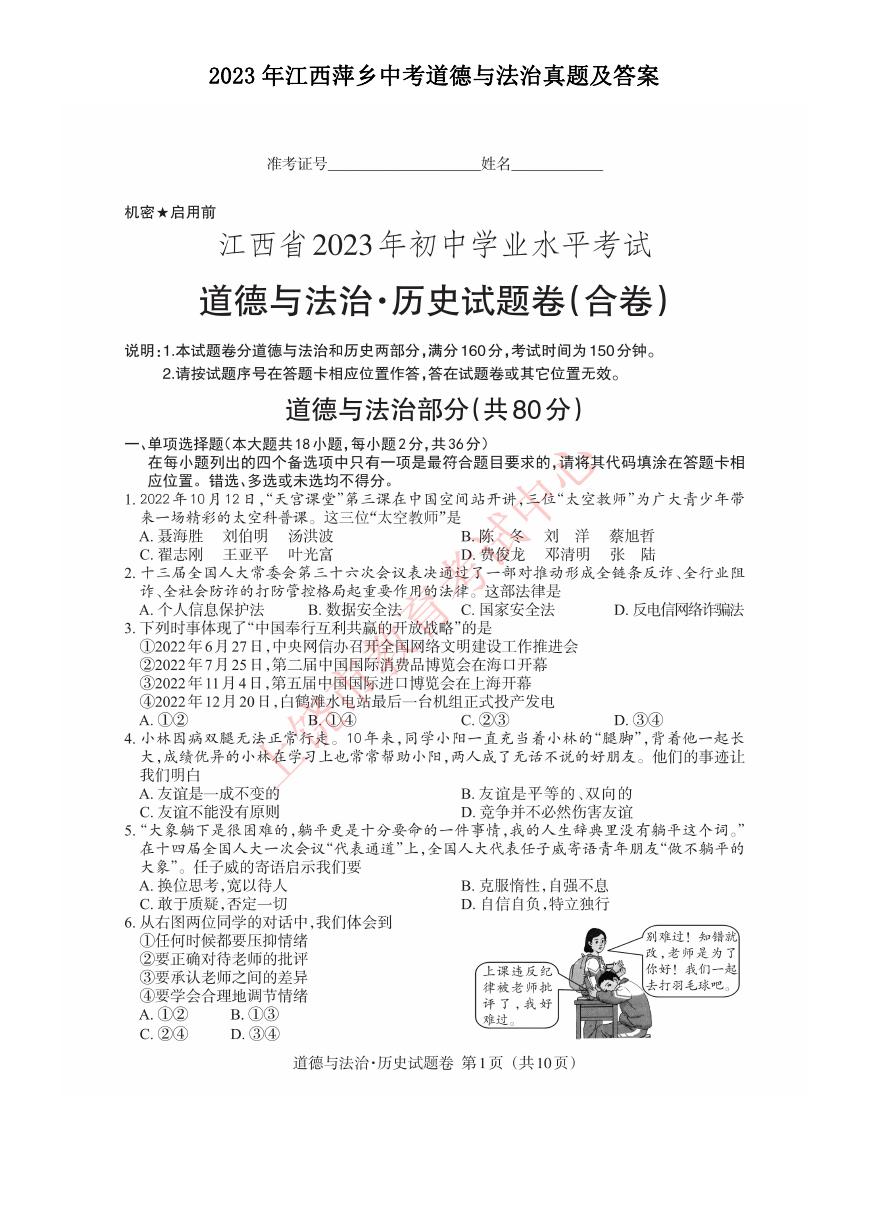 2023年江西萍乡中考道德与法治真题及答案.doc
2023年江西萍乡中考道德与法治真题及答案.doc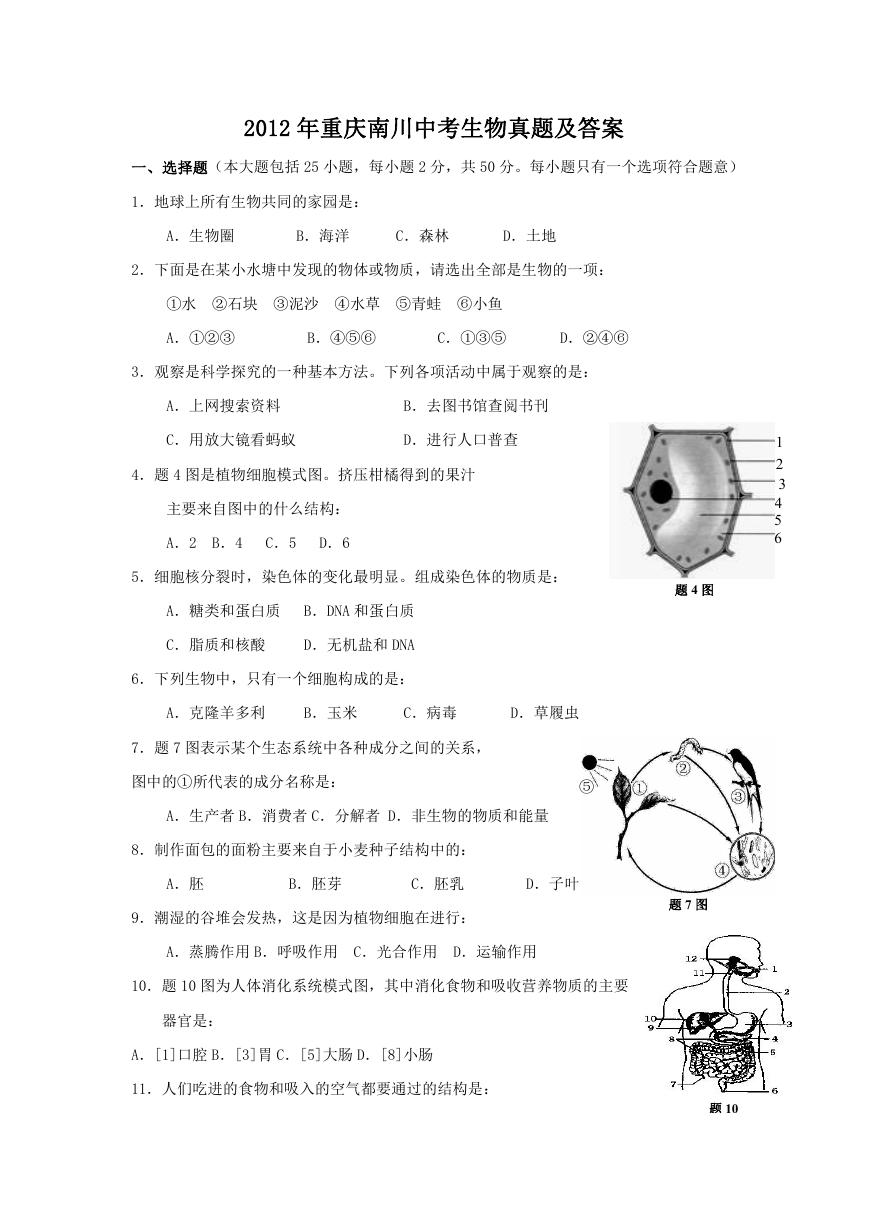 2012年重庆南川中考生物真题及答案.doc
2012年重庆南川中考生物真题及答案.doc 2013年江西师范大学地理学综合及文艺理论基础考研真题.doc
2013年江西师范大学地理学综合及文艺理论基础考研真题.doc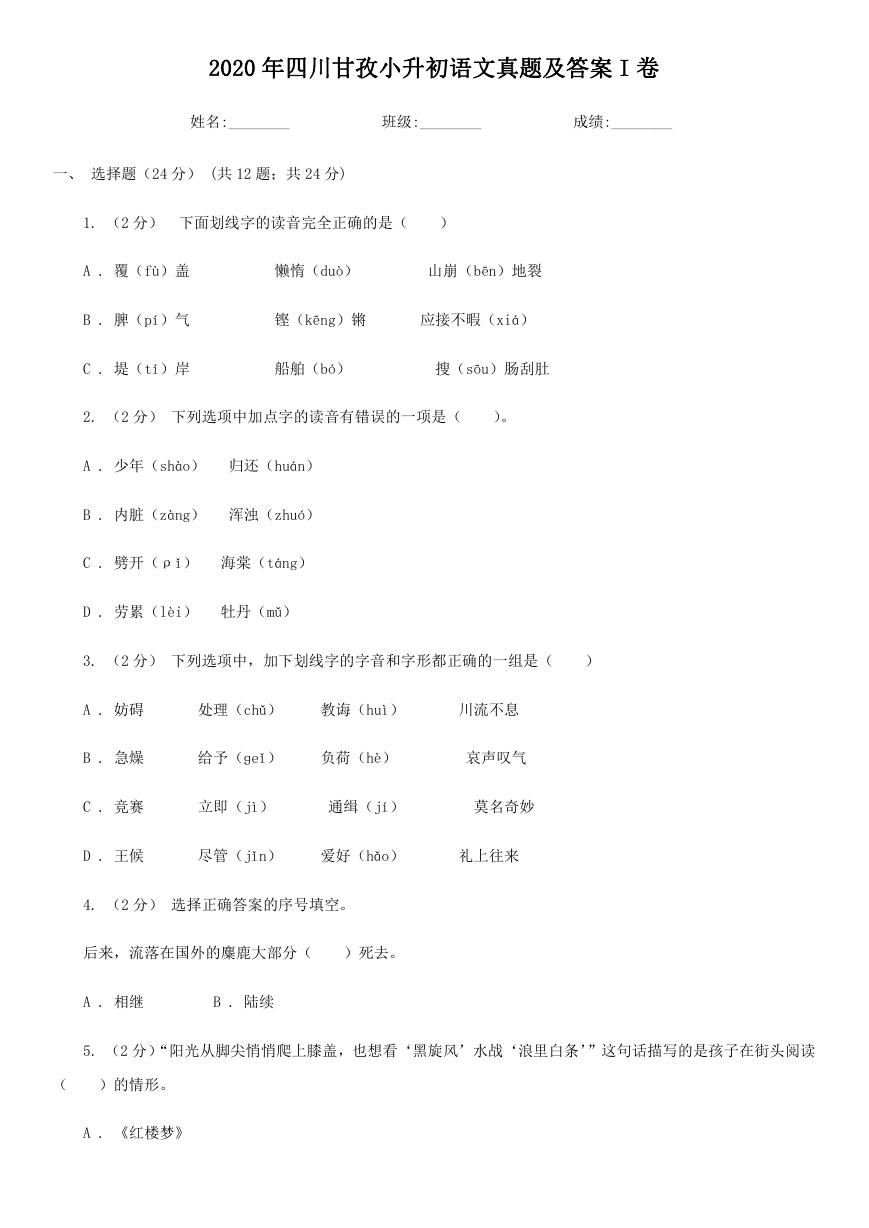 2020年四川甘孜小升初语文真题及答案I卷.doc
2020年四川甘孜小升初语文真题及答案I卷.doc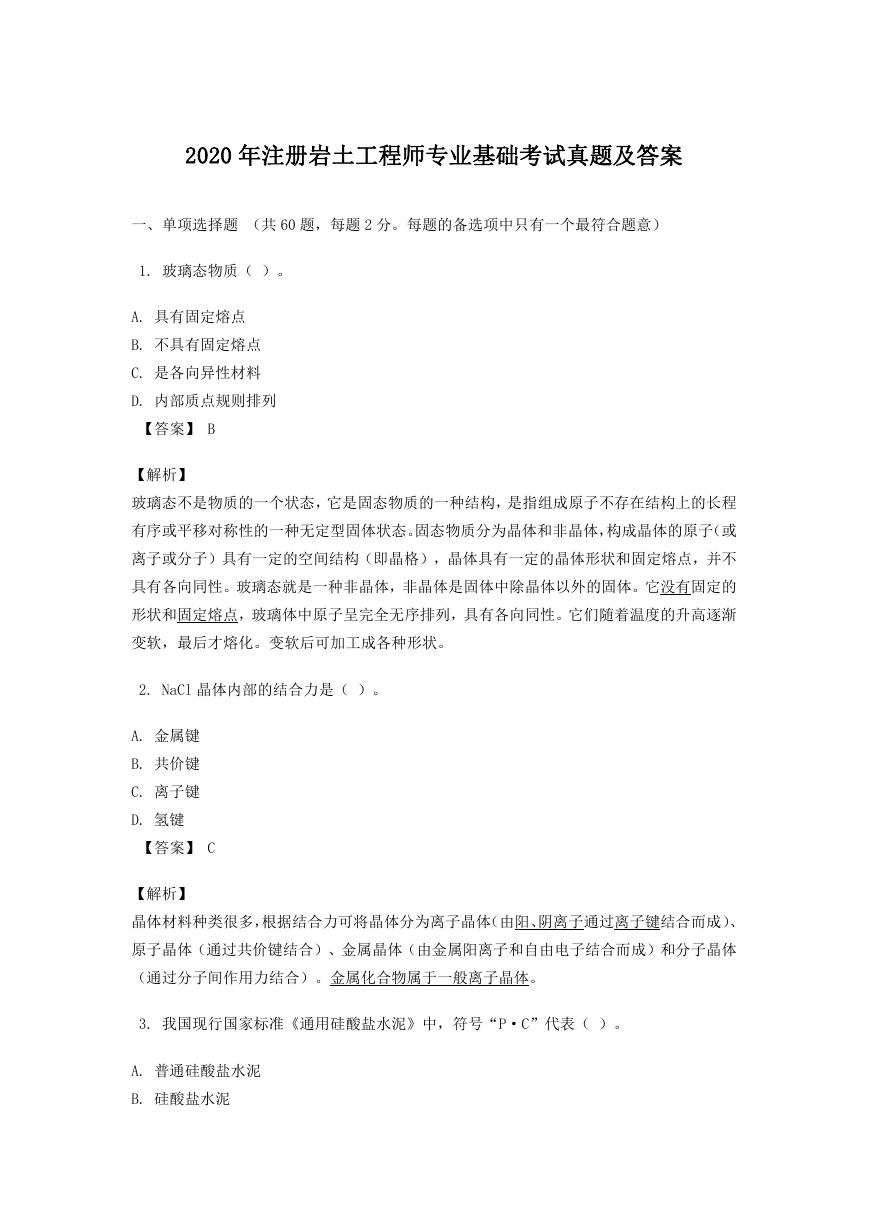 2020年注册岩土工程师专业基础考试真题及答案.doc
2020年注册岩土工程师专业基础考试真题及答案.doc 2023-2024学年福建省厦门市九年级上学期数学月考试题及答案.doc
2023-2024学年福建省厦门市九年级上学期数学月考试题及答案.doc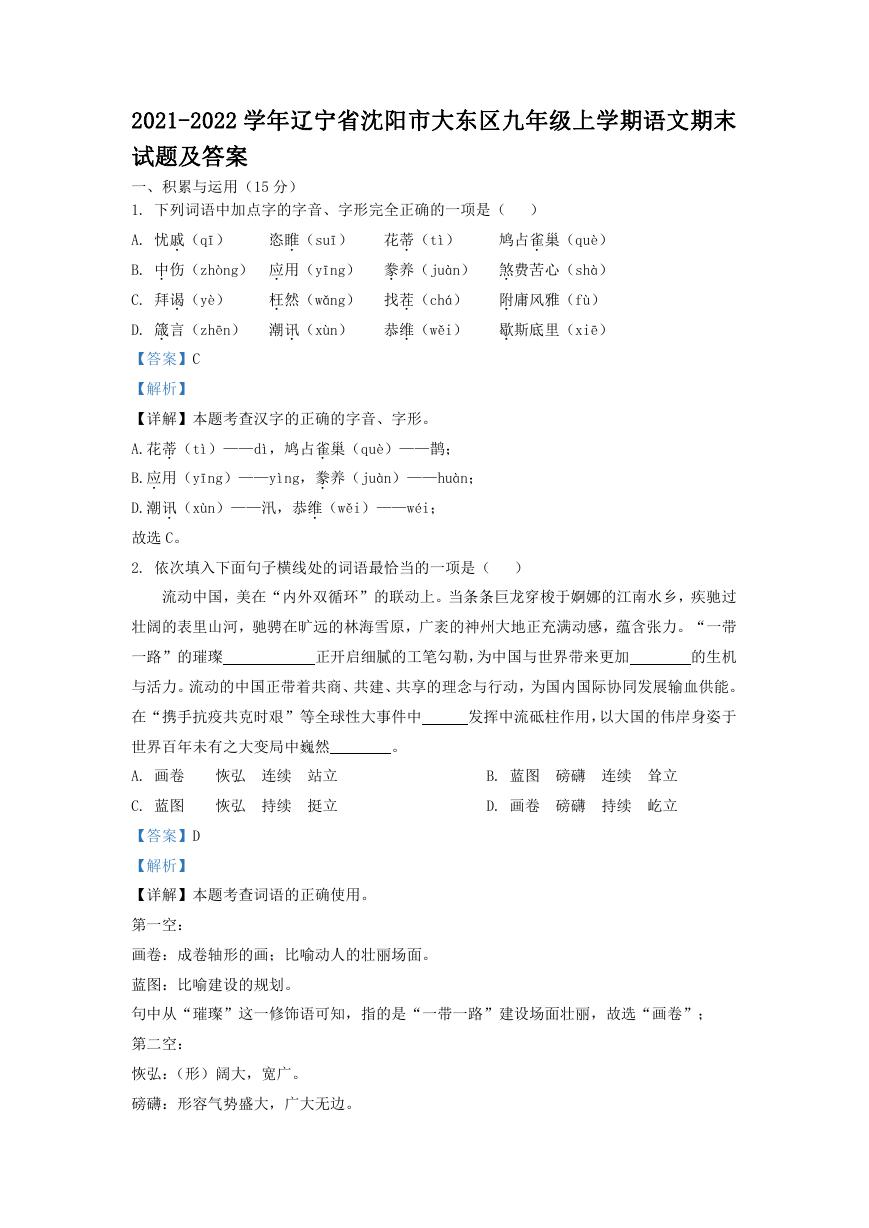 2021-2022学年辽宁省沈阳市大东区九年级上学期语文期末试题及答案.doc
2021-2022学年辽宁省沈阳市大东区九年级上学期语文期末试题及答案.doc 2022-2023学年北京东城区初三第一学期物理期末试卷及答案.doc
2022-2023学年北京东城区初三第一学期物理期末试卷及答案.doc 2018上半年江西教师资格初中地理学科知识与教学能力真题及答案.doc
2018上半年江西教师资格初中地理学科知识与教学能力真题及答案.doc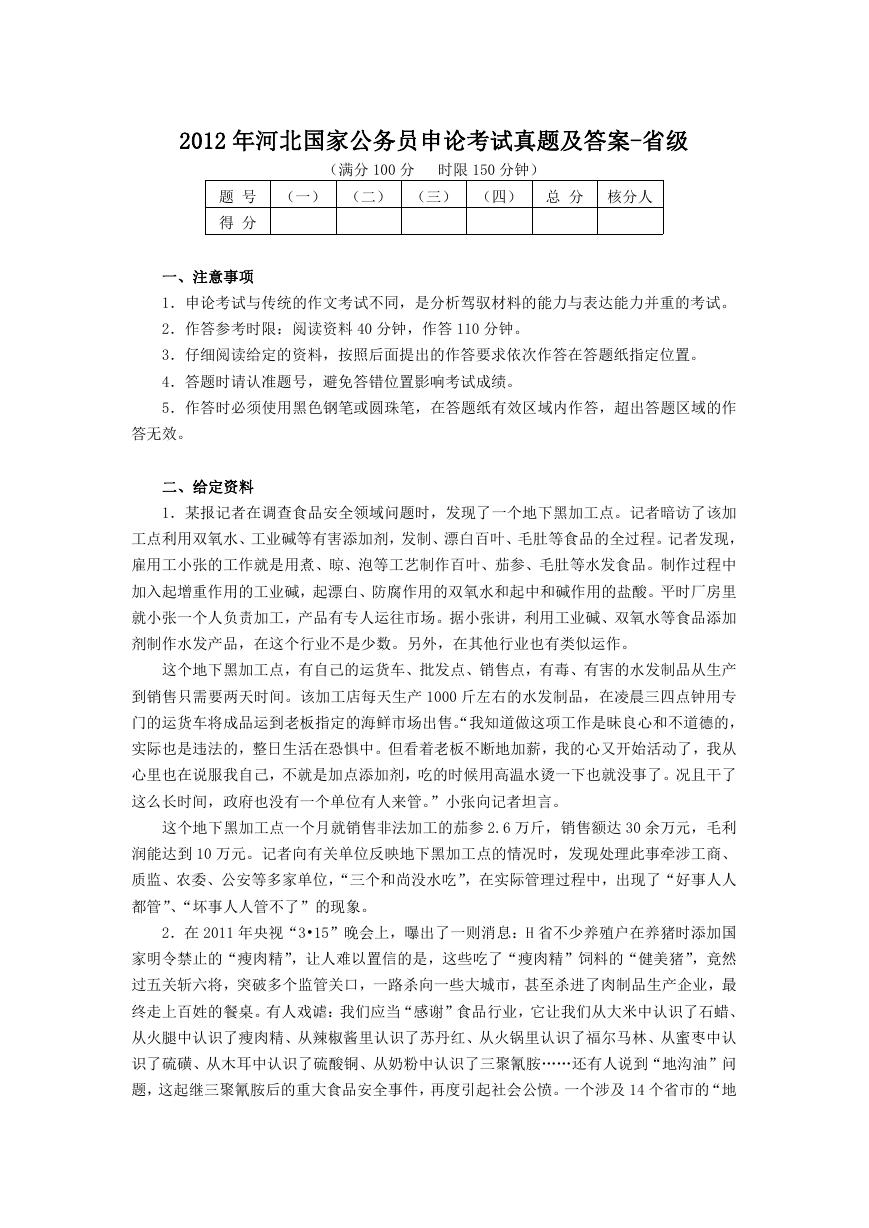 2012年河北国家公务员申论考试真题及答案-省级.doc
2012年河北国家公务员申论考试真题及答案-省级.doc 2020-2021学年江苏省扬州市江都区邵樊片九年级上学期数学第一次质量检测试题及答案.doc
2020-2021学年江苏省扬州市江都区邵樊片九年级上学期数学第一次质量检测试题及答案.doc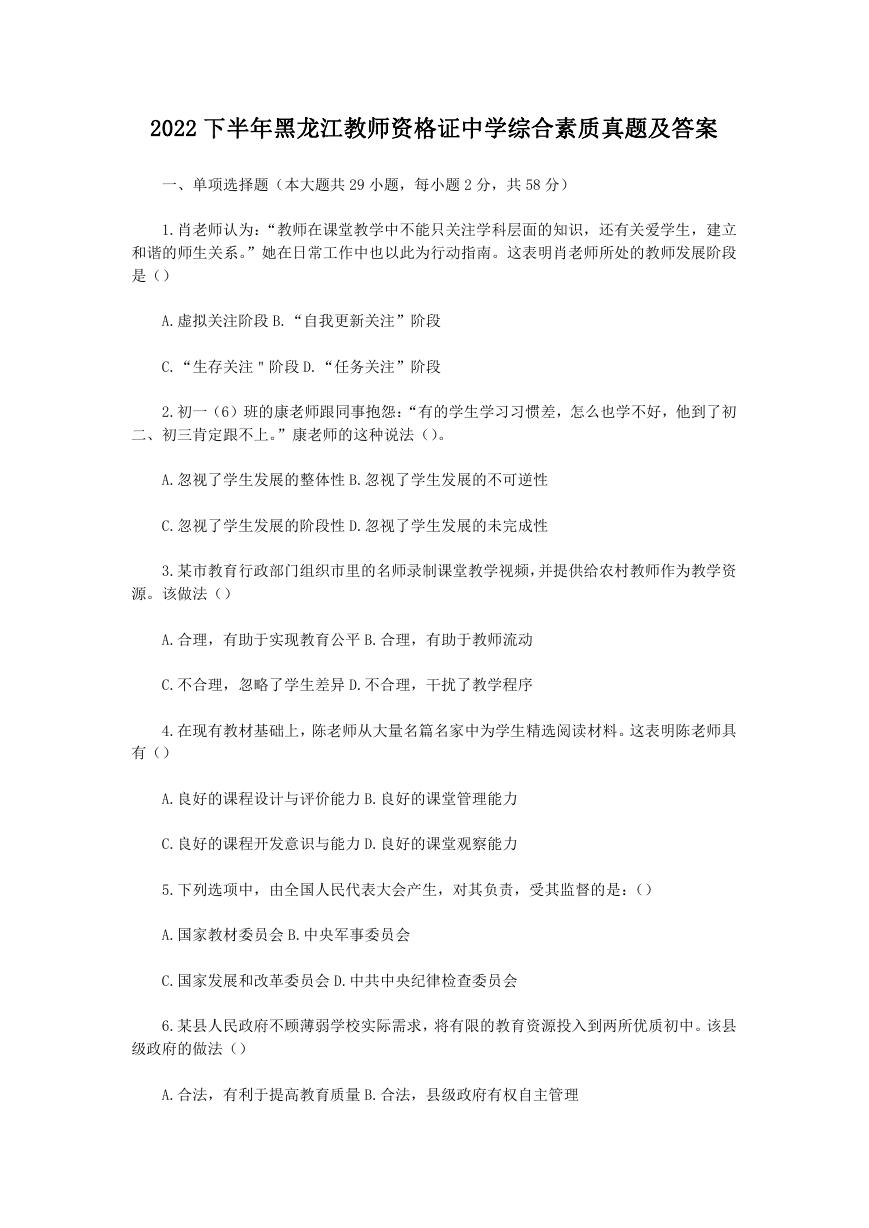 2022下半年黑龙江教师资格证中学综合素质真题及答案.doc
2022下半年黑龙江教师资格证中学综合素质真题及答案.doc